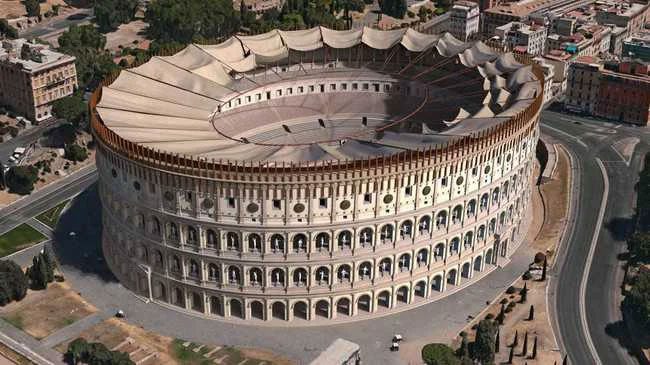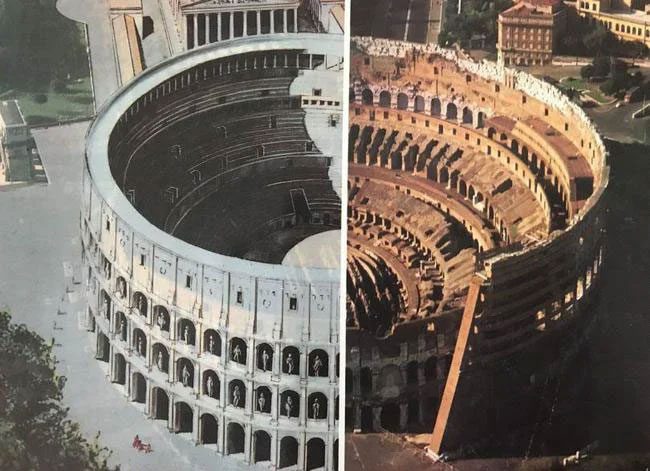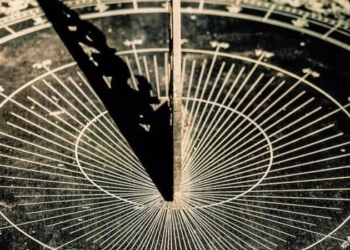Specifically, one side of the ancient amphitheater is significantly higher than the other. However, the remaining walls and roof appear quite straight and smooth, leading many to believe that it was intentionally designed with such an asymmetrical structure.
The reality is different. When it was first constructed, this monumental structure of the ancient empire was perfectly round and intact, with the stands and columns uniform in height. So why does it now have such an imperfect shape?
While it’s known that time can erode all traces of civilization, mere weathering alone is insufficient to have worn down and destroyed this wonder of 20 centuries.

This amphitheater served as a place of “entertainment and indulgence” for the ruling class for about 500 years.
Despite currently attracting more visitors each year than both the Trevi Fountain and the Sistine Chapel combined, the symbol of “Bread and Circus” of the Roman Empire has been severely neglected for a millennium and a half after it ceased to be used as an arena. Built in 80 AD, the Colosseum served as a venue for “entertainment and indulgence” for the ruling class for about 500 years.
According to archaeologists, this critically important structure in Rome fell into ruin for 1,500 years and was repurposed for various uses. Notably, it was even commandeered as a “quarry” from the 14th to the 17th centuries. Throughout this period, human activity caused significant destruction.
During the Middle Ages, various materials including marble, seats, and statues were gradually “stripped away” for the construction of other buildings. Most alarmingly, the removal of iron clamps stabilizing the arch facade of the entire structure occurred. During this time, about 300 tons of iron were taken, which weakened the entire stone structure and made it vulnerable to earthquakes.
Italy is particularly sensitive to earthquakes. Although the Colosseum has been damaged by various natural disasters even during its peak, the most significant impact occurred in 1349. This earthquake caused the entire southern outer ring of the amphitheater to collapse, remnants of which can still be seen today.
In the centuries that followed, many tons of the building’s materials continued to be excavated and “requisitioned” for various tombs and churches throughout Vatican City and Rome.

A simulation of the Roman Colosseum then and now.
Finally, in the 18th century, Pope Benedict XIV put an end to the plundering of the amphitheater when the monument was declared a public church. From this point forward, subsequent popes restored various areas, and two architects were hired to reinforce the nearly collapsing outer rings.
In 1820, architect Raffaele Stern completed the reinforcement of the remaining vaults on the northwest side. In 1826, Giuseppe Valadier continued to construct a more aesthetically pleasing connecting arch on the opposite side, near the main entrance today. The restoration and repair process continued for many years thereafter, returning the structure to its current form.
Nearly 2,000 years after its construction, the Roman Colosseum still stands tall against the test of time. Having been ravaged by weather, earthquakes, fires, looting, and vandalism; humanity is fortunate to still possess a powerful testament to the structural and architectural genius of one of the greatest ancient civilizations.




















































